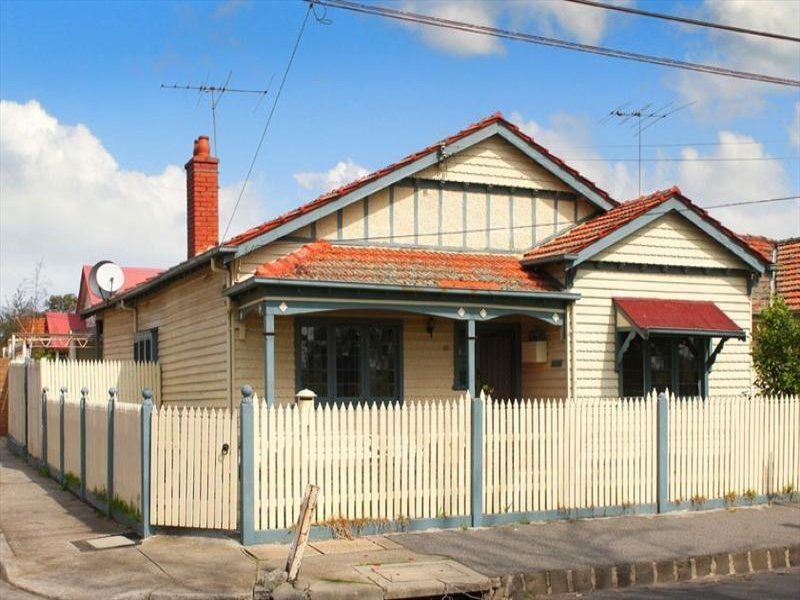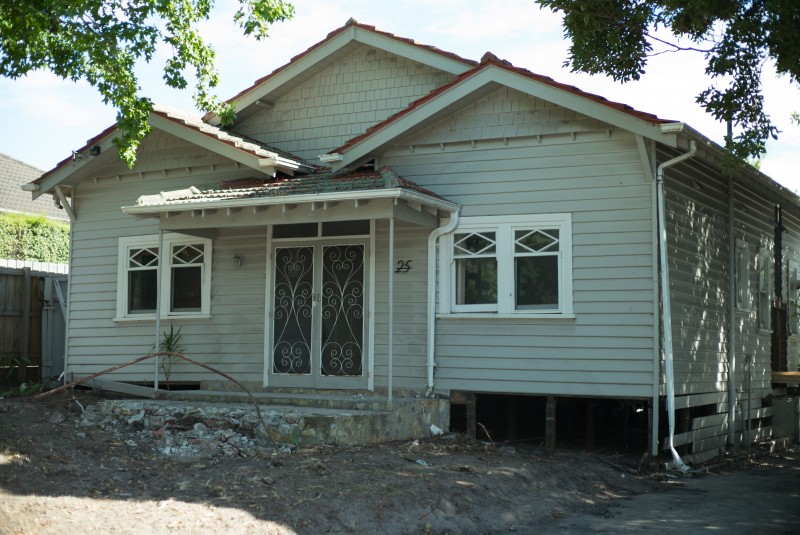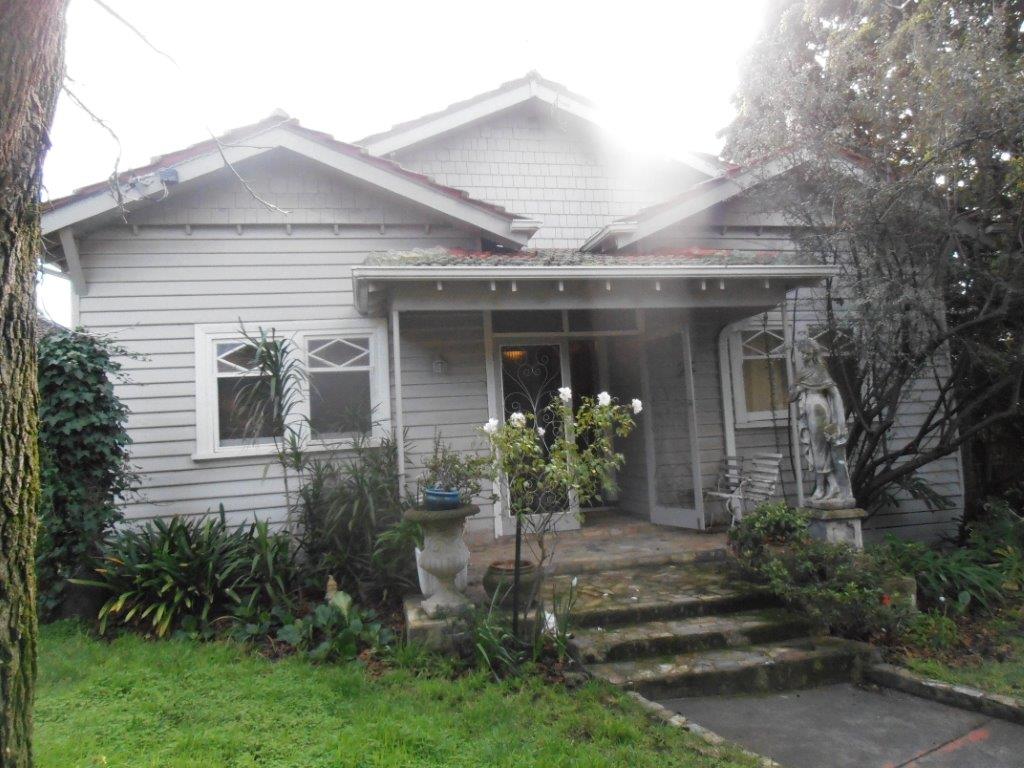The Logistics of Relocating Houses
- 4 Aug 2017
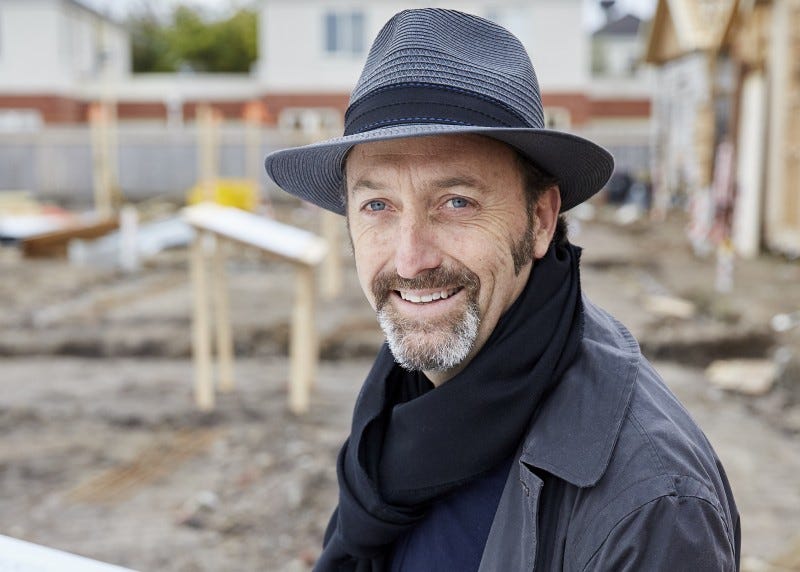
The Block’s resident architect, Julian Brenchley, talks us through the logistics behind this year’s epic house relocations
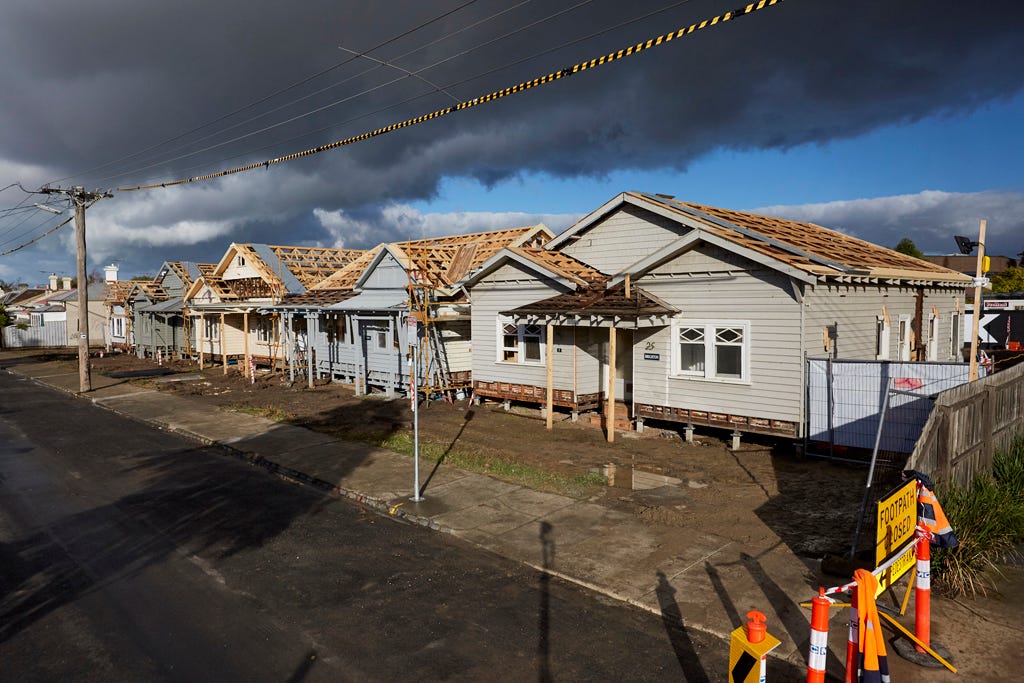
How did the idea to relocate the houses come about?
We have been looking for an open-plan site for a long time, and never really had the right opportunity. Then this one in Elsternwick dropped on us, and it was a case of, ‘Well, how do we do five houses?’ Looking around the areas for examples of how other people had approached single houses from the street with a large residences out the back, it kind of became apparent that we would either need to build, or re-use old houses at the front to create a beautiful heritage streetscape.
How did you find each of the houses?
It wasn’t easy - we had to go and search for them. Basically we were looking at houses that were going to be demolished along the regional commuter railway line; where they were demolishing houses to make way for blocks of units. There were lots of these little cottages living on borrowed time, but it wasn’t easy to find the houses, because we had a whole lot of criteria to do with the width for the site.
SaveSave
SaveSave
SaveSave
SaveSave
They all had to be the same?
That’s where it got tricky - we couldn’t just buy any old thing and slap it there, because it really wasn’t going to work. So we had a shortlist, and a few fell off, and we had to go and find more - there was an emergency house we had to find at the last minute.
Stressful!
It was kind of bizarre - we were driving all over Melbourne trying to find and verify the width of houses. Some we couldn’t even get into, because the person hadn’t move out yet. It was kind of fun though - it’s kind of like you are shopping at the ‘boneyard’; shopping for interesting things in old houses.
How long did the process take?
It was a couple of months. But once we'd find the houses, we'd have to act really quickly, because if we didn't, they get demolished.
They would have all been on the chopping block, right?
Yes - they were all on Death Row. And they would have ended up as chipboard somewhere.
How lovely that you rescued them!
Yeah. It’s kind of fun to preserve a bit of character, but I can’t say with my hand on my heart that it’s ‘conservation.’ And I can’t say with my hand on my heart that it’s ‘restoration’ - we are just preserving a bit of history.
/media/blog/Regent_Street-19.jpgAfter being cut in half by a chainsaw the houses get moved on the back of a truckHow hard was it to physically transport them? What was involved? Was it tricky?
You would think so, but in reality it was just really brutal. They take a chainsaw down the middle of the house - literally. And then they, basically, pick it up in two to three pieces and put it on the back of a truck. They might have to stabalise it with a couple of bits of timber, and some tarp to keep it waterproof. But that’s it - there’s no ‘keyhole, fine surgery’ involved.
How do they piece them together again? Is it like reassembling a jigsaw?
They only come in pieces, so, at best, you only have two pieces to put back together again. And it’s on a crane. They are fairly well-versed in how they are cut, so when they come back together, it’s quite easy. The trained eye might be able to spot where they have been stitched back together again - but even I struggle sometimes.
Were there any hiccups along the way? Or did it all go fairly smoothly?
Look, there are always hiccups. Some of the houses arrived and they weren’t what we thought. One house was slightly wider than we expected, so we had to make some modifications on the run. I can’t tell you which one - and no one would notice anyway.
How gratifying was it seeing them all lined up on the street?
We went from an acre of grass to an instant streetscape. It looks as though they’ve always been there, which is great.
Did you like this blog? Subscribe to our newsletter to be the first to receive news from The Block! And subscribe now to receive $20 off your next order.


